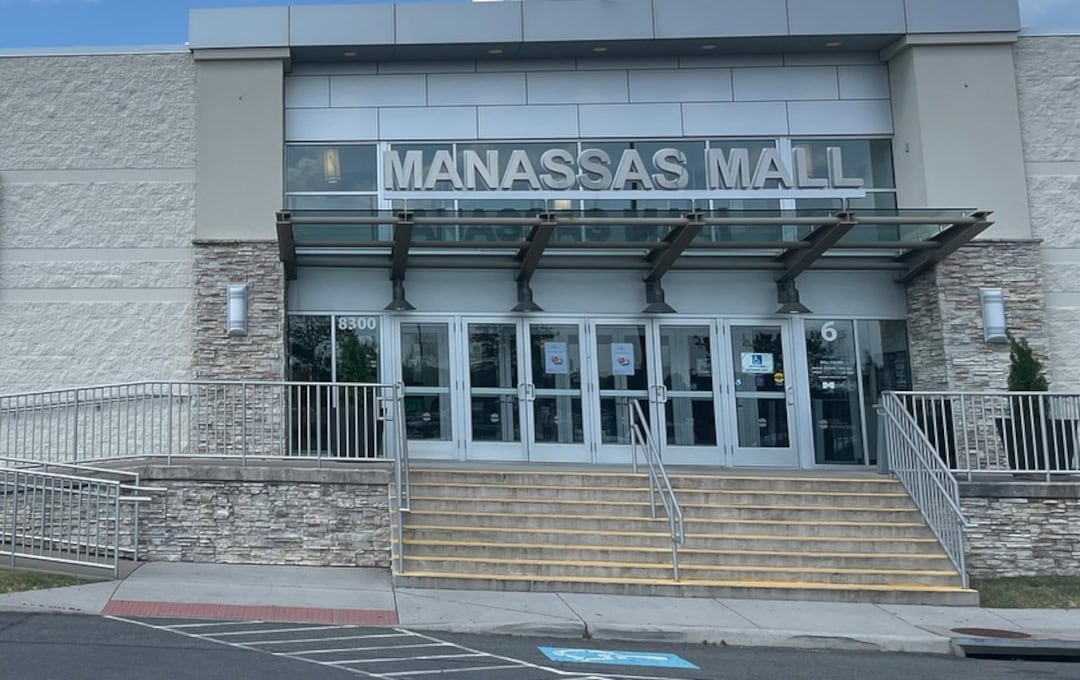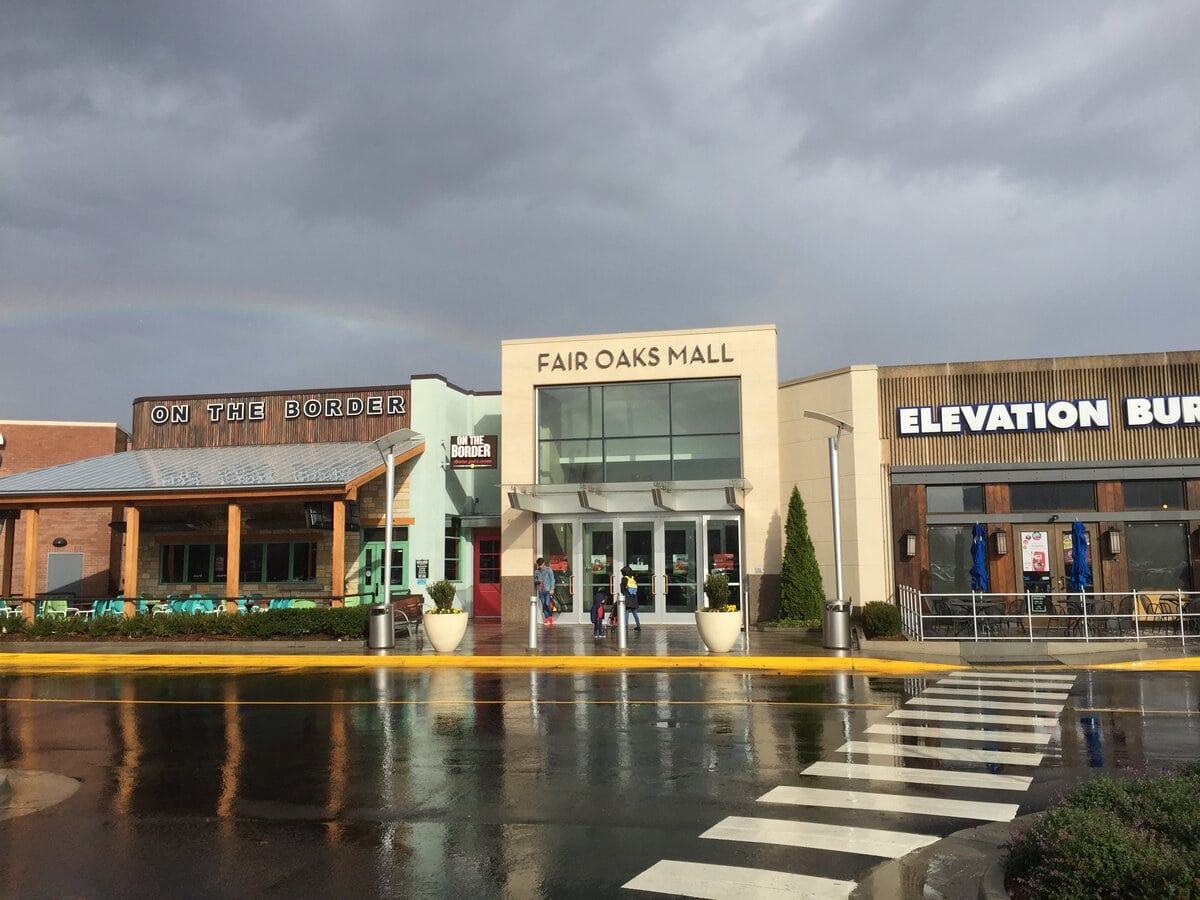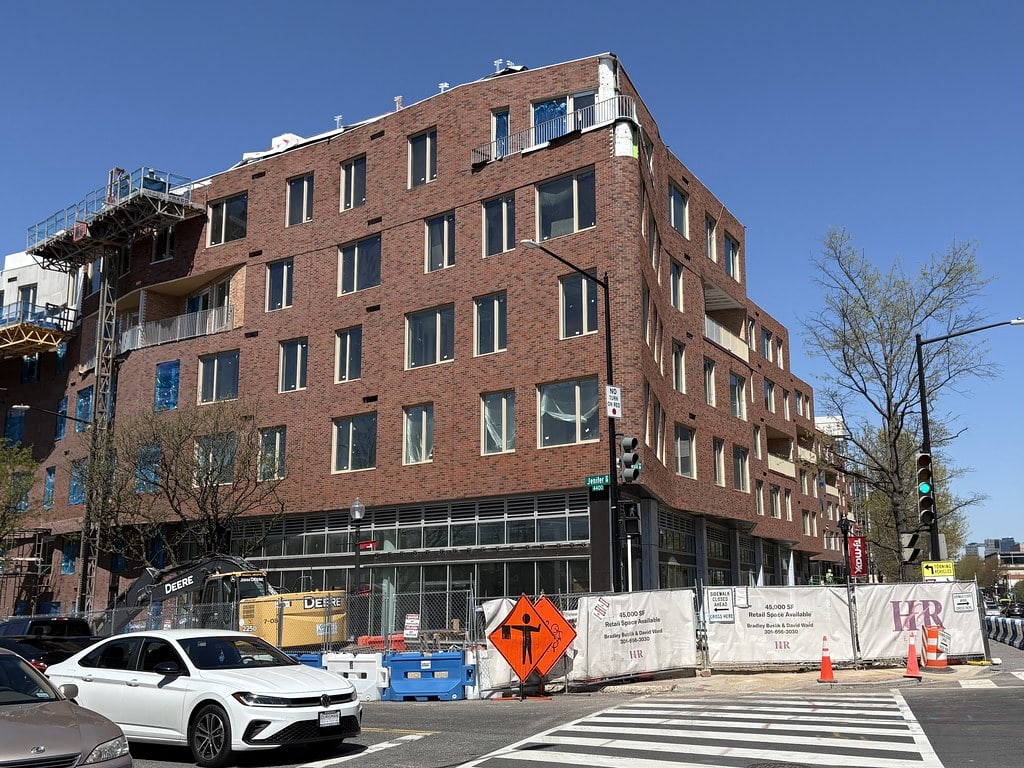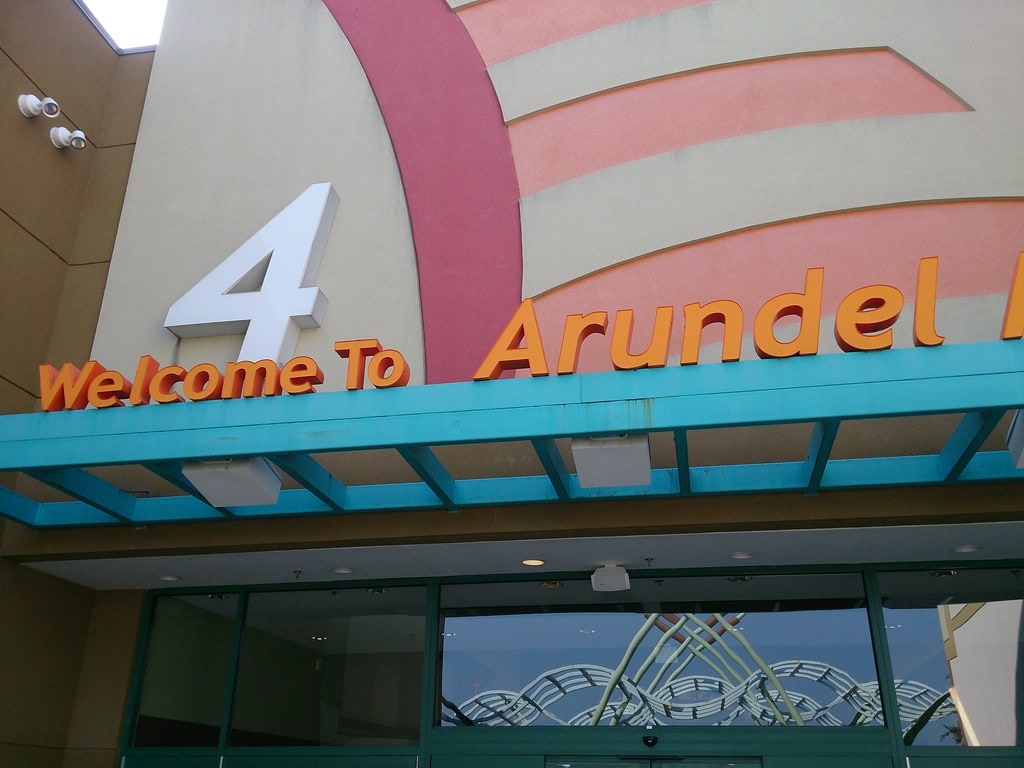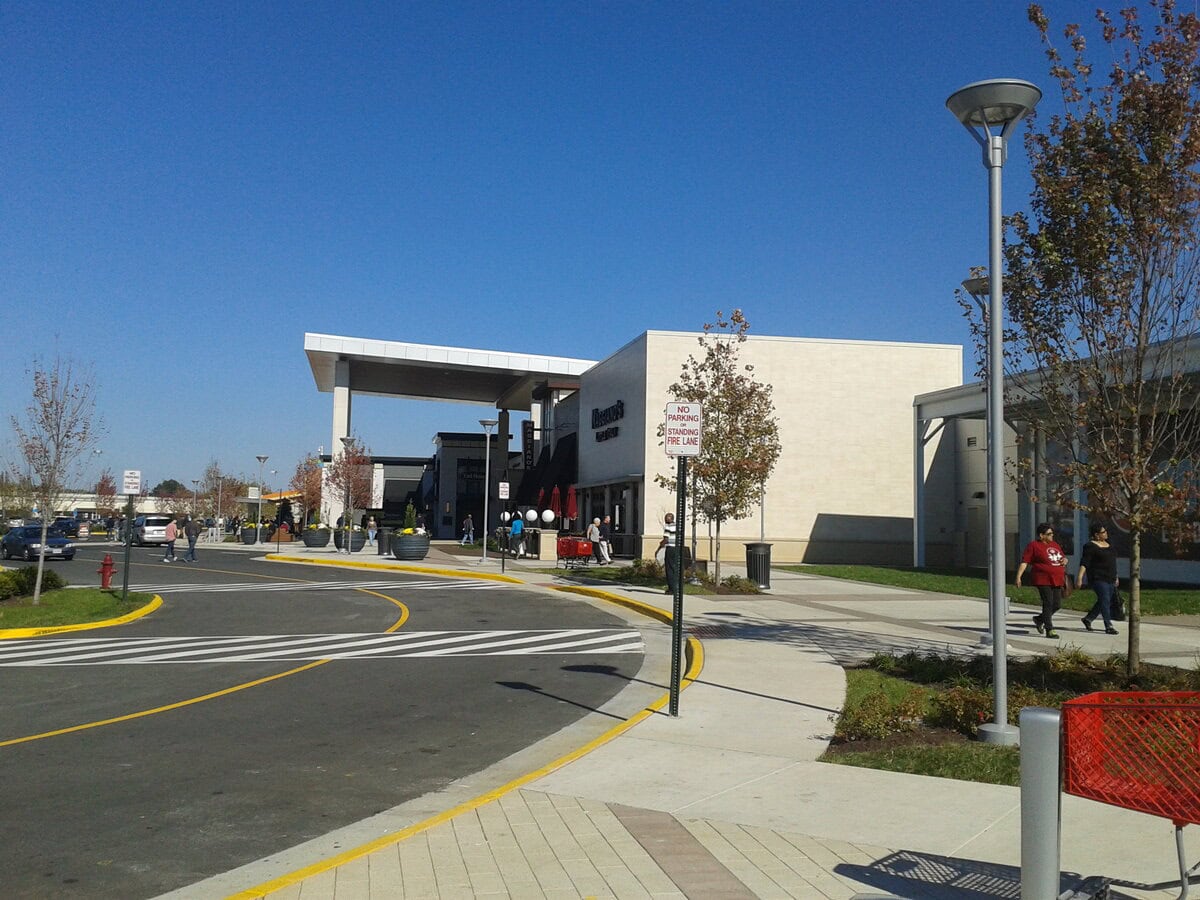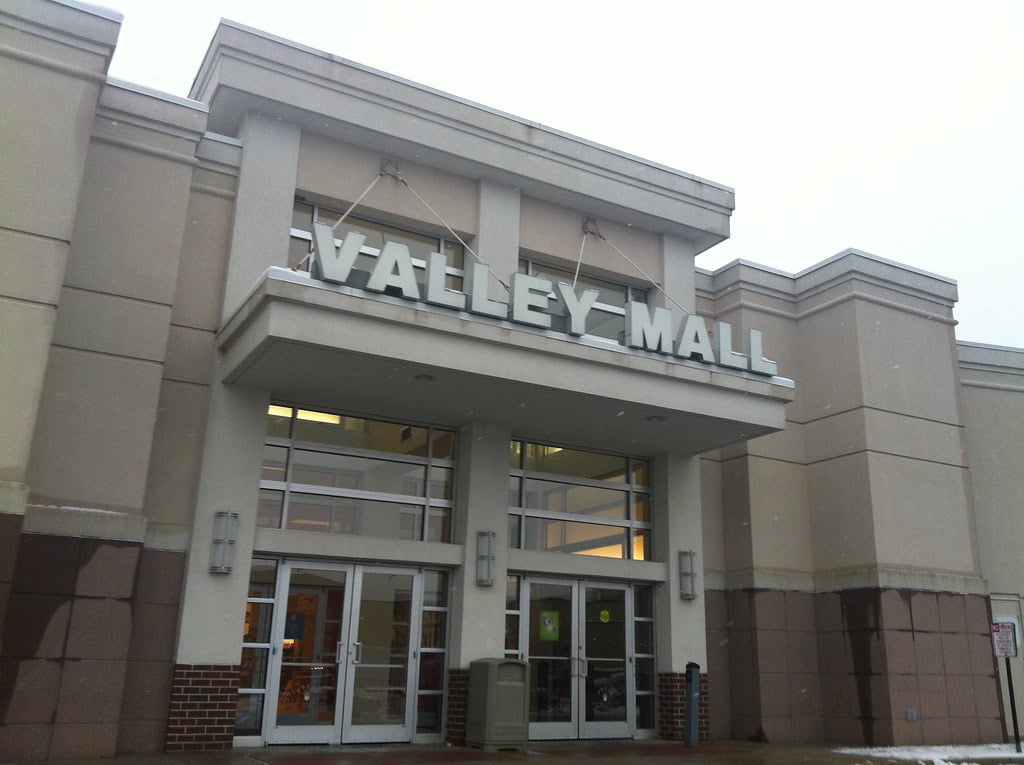Tysons Corner Center, from open fields to ambition-packed grids
Tysons Corner Center started out as a quiet farmland, a place better for cows than for business. The Tyson family's fruit stand at the crossroads was one of the first signs that this land could turn into a busy shopping area.
By the early 1960s, Fairfax County leaders saw promise in 150 acres surrounded by Leesburg Pike, Chain Bridge Road, and what would later be the Capital Beltway. They knew it was time for a big change in the area.
Choosing a developer for the project turned into a small drama.
On May 31, 1962, the Board of Supervisors chose the Lerner-Gudelsky partnership in a 4 to 2 vote, even though there were concerns about supervisor William H. Moss, who also worked for a company linked to Gudelsky.
Still, the project kept moving. With partners like Connecticut General Life Insurance and architect Lathrop Douglass & Associates designing a large indoor mall, the work went ahead.
When Tysons Corner Center opened in July 1968, it called itself the world's largest indoor shopping mall. Only thirty-five out of one hundred planned stores were open, but excitement was high.
Hecht's and Woodward & Lothrop were the main stores in a comfortable, one-level building, with a tunnel and storage under the fancy shopping areas.
Themed areas called Umbrella, Fashion, Fountain, Aviary, and Clock made the big space feel like different neighborhoods.
It quickly became a landmark, both suburban and impressive, and ready to shape the region.
The prolonged Lansburgh's saga that reshaped an anchor and the mall
Lansburgh's, a well-known Washington store, believed it had been promised a large space at Tysons Corner Center because of a 1962 agreement with Lerner and Gudelsky.
The developers did not agree. This started a long court fight in 1966, about whether that early letter was a real contract that let Lansburgh's get a lease once the main details were decided.
The courts agreed that it was. After years in court, Lansburgh's opened its three-story, 160,000-square-foot store on October 19, 1969, a year after the rest of the mall.
The win did not last long. City Stores, which owned Lansburgh's, closed the chain in 1973.
The Tysons store became Lit Brothers for a short time before City Stores tried to sell it to Korvettes, starting another disagreement with the mall's developers.
The property eventually avoided that outcome and found a tenant that matched its long history. Bloomingdale's opened there in September 1976, its first full-size store outside New York City.
This raised the mall's status and marked a new chapter: Tysons Corner Center as a place for national brands to test their big ideas.
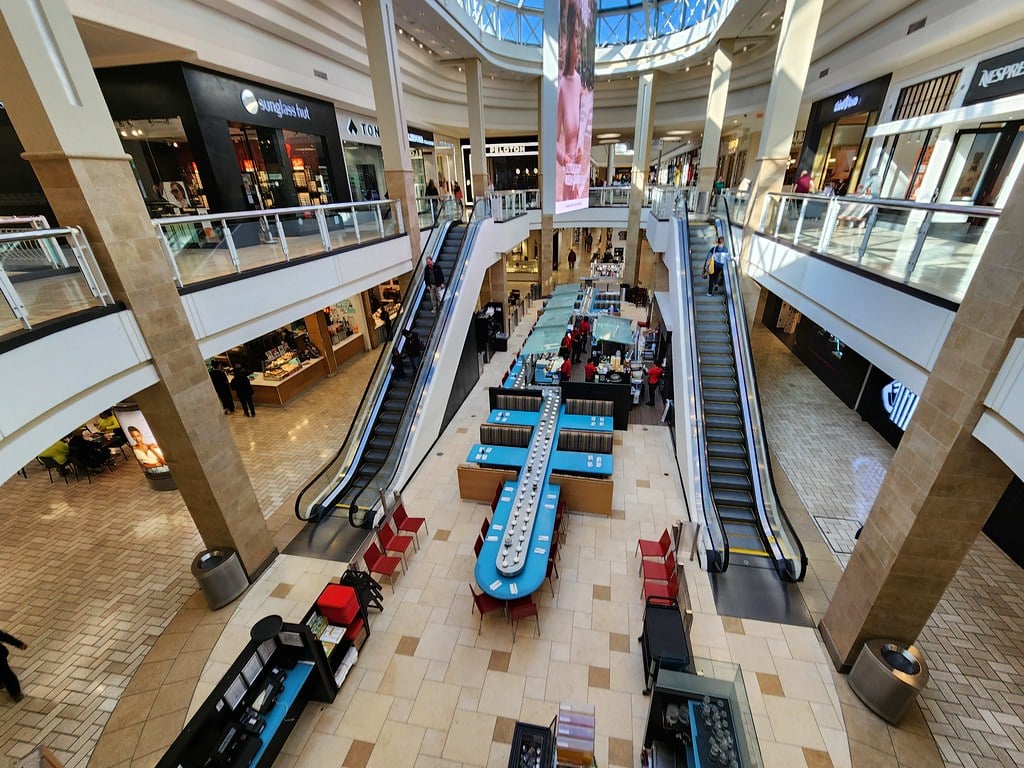
A changing structure, new major stores, and a growing presence in the 1970s and 1980s
As the suburbs around Washington grew, Tysons Corner Center grew too. A movie theater opened in 1975 and later became an eight-screen complex.
Although Springfield Mall opened in 1973 and Fair Oaks in 1980, Tysons stayed on top, thanks to regular changes in its stores and the area's growing interest in shopping options.
In 1985, a Lehndorff-led investor group that included the Alaska Permanent Fund bought the mall for about $167 million, marking a major change.
The new owners began a large expansion in 1986. By 1988, Tysons Corner Center had added about 650,000 square feet of new stores and a full second floor, which changed how people walked through the mall.
Old delivery areas on the lower level became a new walkway, and the interior got updates like skylights, marble floors, and plants.
The arrival of big stores showed the mall's success. Nordstrom opened in 1988, its first store east of the Mississippi, and Lord & Taylor followed in 1990. By the early 1990s, the center had over 200 stores.
Some features from the early days, like the original Bloomingdale's escalators and Woodward & Lothrop's freight elevator, could still be found in the hallways, quietly reminding visitors of the mall's past as it continued to change.
Crisis, reinvention, and the dawn of the retail-tech century
The 1990s brought upheaval. Woodward & Lothrop, a Washington institution, collapsed into bankruptcy in 1994.
Its Tysons location became JCPenney in 1996, only for that store to close in 2003. Woolworth's, a founding tenant, exited in 1997 with the chain's national demise.
But Tysons Corner Center wasn't drifting. It was pivoting.
LL Bean selected the mall for its first full-line store outside Maine in 2000, filling 75,000-plus square feet and signaling that the center appealed to brands seeking national growth.
Then came the moment that placed Tysons Corner Center in global retail history: the first Apple Store opened there on May 19, 2001.
Steve Jobs personally introduced Apple's retail concept from inside that store four days earlier. When doors opened at 10 a.m., customers lined up from before dawn.
More than 7,700 visitors passed through Apple's first two stores that weekend, spending nearly $600,000 and ushering in an entirely new model of tech retail.
Jobs believed people would wander in out of curiosity, and once inside, Apple would win them over. He was right.
Tysons continued drawing firsts: MNG by Mango debuted its U.S. presence there; Garage entered the American market; Martin + Osa and Cusp appeared.
The mall's role as an incubator for retail experimentation seemed fully formed.

The Macerich era and the reshaping of a regional powerhouse
Macerich got involved in 2004 when it bought Wilmorite Properties.
As part of a roughly $2.3 billion purchase of Wilmorite's mall portfolio, Macerich acquired a 50 percent stake in Tysons Corner Center, becoming co-owner with the Alaska Permanent Fund.
The company continued making the center bigger and giving it new uses.
The east wing, which opened in October 2004, made the mall bigger than 2.25 million square feet.
The old JCPenney building was turned into a multi-level area for fun and shopping, with a 16-screen AMC theater, Barnes & Noble, and Old Navy.
The mall also got the first Microsoft Store in the Northeast and the first Spanx store in the world.
Then the mall started to become more like a city center. The Washington Metro's Silver Line opened in July 2014, with a station right next to the mall.
Two days before that, Macerich opened the Plaza, a 1.5-acre outdoor public space next to a new office building.
With concerts, play areas for kids, and ice skating in the winter, the Plaza helped make Tysons Corner Center a place for the community, not just for shopping.
By 2013, the mall's assessed value had reached $1 billion. Its role had outgrown shopping; it had become Tysons itself.
Tension, renewal, and high-stakes reinvention in the 2020s
The 2020s started with a lot of change and debate. Lord & Taylor closed in 2020, LL Bean left in 2022, and their spaces were considered for new uses instead of getting new stores right away.
Apple celebrated 22 years at the mall by moving to a much bigger store in 2023.
A tragedy outside the mall in 2023 triggered a long legal process. Former Fairfax County police sergeant shot and killed a suspected shoplifter.
Public debate over safety lingered for months. A jury acquitted a policeman of manslaughter in 2024 but convicted him of reckless handling of a firearm.
Still, the mall kept going strong. A 2025 report showed that shopping visits in Tysons were higher than before the pandemic.
Tysons Corner Center itself had ten percent more visitors and eight percent higher sales for the year.
Macerich responded to the growth with a $100 million makeover of the mall's west end, turning the area between Bloomingdale's and Macy's into an open-air space focused on restaurants, high-end shops, and stores that offer unique experiences.
Level99 opened in 2025 with more than fifty game rooms; Rivian opened a showroom; Lululemon doubled its store size; Nespresso, Zara, Cotton On, and others grew as well.
Restaurants moved too. The Cheesecake Factory and Maggiano's picked Tysons Corner Center instead of Tysons Galleria, making the mall even more of the main place to eat in the area.

A future built on density, mobility, and restless reinvention
Today, Tysons Corner Center covers about 2.4 million square feet across three levels, with nearly 300 stores, two food courts, and a sixteen-screen theater.
It draws roughly sixteen million visitors each year and posts sales around $1,200 per square foot, performance levels that place it among the country's top malls.
Bloomingdale's, Nordstrom, and Macy's remain anchors, while the former Lord & Taylor site awaits redevelopment.
Macerich's long-term plan envisions Tysons Corner Center not as a mall but as the core of a mixed-use urban center.
The vision, structured in five major phases, includes millions of square feet of future office, residential, and retail development.
A 23-story office tower with up to 50,000 square feet of retail space is expected to be available in 2028.
Fairfax County's broader blueprint imagines Tysons eventually housing more than 100,000 residents, with the mall functioning as its central plaza, marketplace, and civic stage.
From a contentious land award in 1962 to a redevelopment machine in the 2020s, Tysons Corner Center has grown by constantly reinventing itself.
It reflects the region's appetite for spectacle, convenience, and ambition. And if its history is a guide, the center's future will not be quiet or modest. It will be loud, busy, brightly lit, and unmistakably Tysons.




